MurderKill River
After weeks of inclement weather, I was especially happy to receive an invitation from my friends at Upstream Alliance to paddle Delaware waters. Weather was predicted to be in the mid-70’s and sunny, at least for a day or two. We set off on a creek paddle that would take us out to Delaware Bay just at the peak spawning of the horseshoe crab. We launched our kayaks in Federicka, DE on the upper Murderkill River. According to Wikipedia, the name is derived from Dutch, moeder meaning mother and kille meaning river, or Mother River, and not from someone’s demise there.
As we began our journey downstream, extensive marshes of mostly Phragmites dominated the shoreline. Not too far along the way, these Phargmites marshes gave way to a mixed mid-salinity plant community, mainly consisting of big cordgrass, Spartina cynosuriodes. As we began “riding the tide” down the river, I noticed numerous floating Spartina plant parts in the water that looked suspiciously as if they had been cropped by animal grazing. Could the culprit be the destructive, non-native rodent, the Nutria? I was not aware that these creatures had made it as far north as Delaware.
All too soon we reached the mouth of Murderkill River at the small fishing village of Bower’s Beach. Here we beached our kayaks and watched hundreds of birds feeding on horseshoe crab eggs. Although seemingly preoccupied with their meal, they readily took flight with passing boats. These birds, including ruddy turnstones and the endangered red knots, depend on the crab eggs during their lengthy migration from their winter grounds in South America and southern United States to their breeding grounds near the Artic Circle. We spoke to a biologist who was studying these migrating birds. She told us the birds will gain two or more times their weight during this 2-3 week feeding frenzy.
That night on the full moon and the first warm days of spring, the Delaware Bay waters warmed enough (nighttime temperature must be at least 590 F) for the horseshoe crabs to come ashore and spawn en mass.
Hundreds, perhaps thousands, of crabs descended on South Bower’s beach where we were camping for the night. The mating-spawning ritual involves the larger females leading “locked on” smaller males as they make their way up the beach from the water. Eggs are released around the high tide mark. The next morning, the birds swoop in to gobble up some of the eggs. The dependence of the birds on this food source ensures their survival. Their numbers depend on the availability of the horseshoe crab eggs, so when the crab populations decline, so do the bird populations.
As the morning dawned, I was pleasantly satisfied that I had checked off one more item on my “bucket list”. Seeing this ancient ritual of the horseshoe crab was magical.

